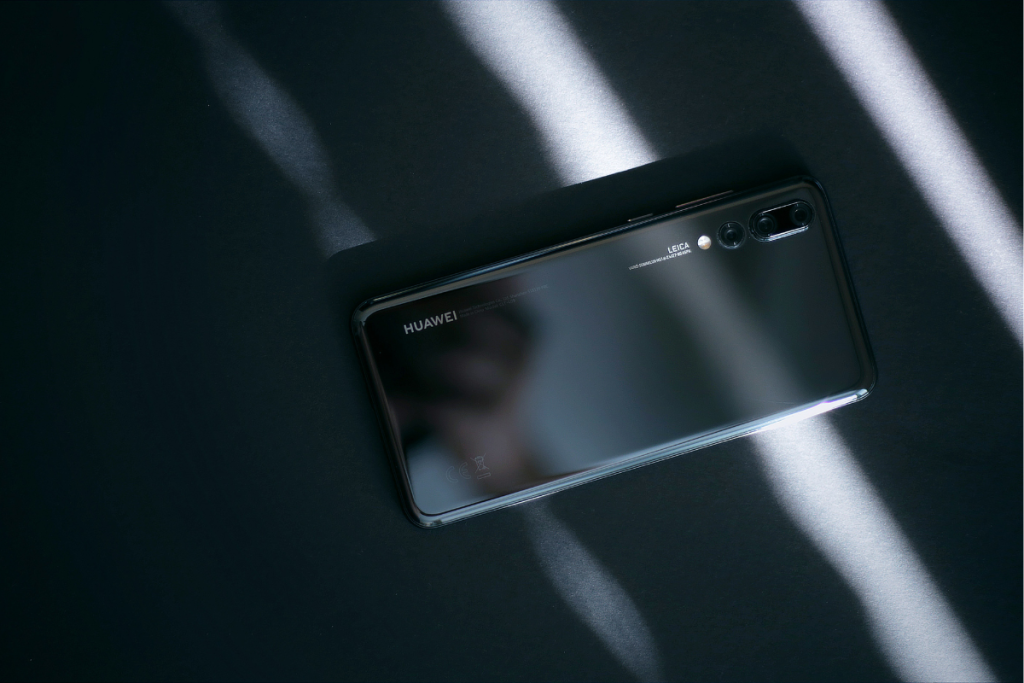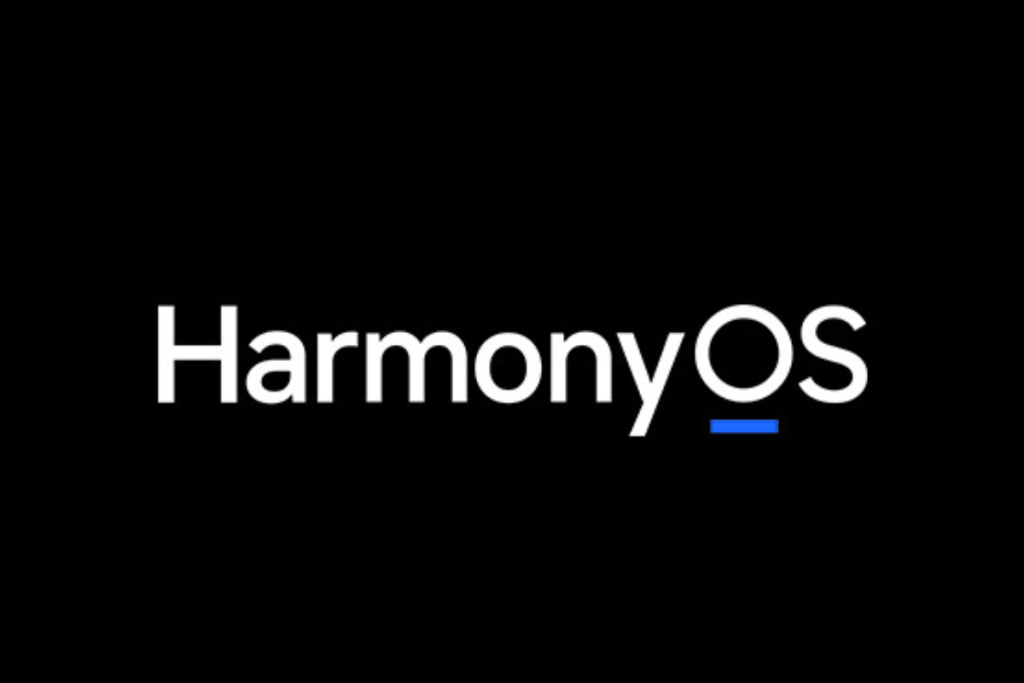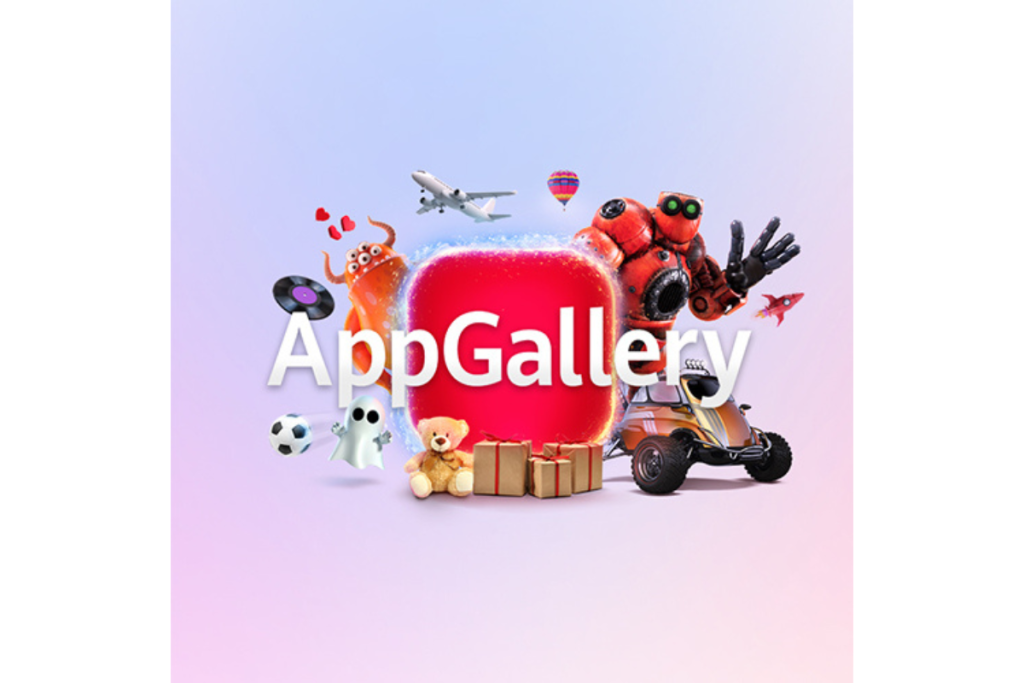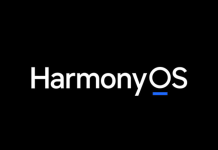The US is a major player in the tech space, owning some of the biggest tech brands, such as Google, Meta, Microsoft, Amazon, and Apple. It’s hard to imagine mobile devices without partnering with these brands, especially Google, but Huawei is doing it by breaking all the barriers. But how did they do it? You’ll learn everything about it in this post.
Huawei was one of the top three smartphone sellers worldwide in 2019. In fact, the company surpassed Apple’s sales in many quarterly results throughout 2018 and 2019. Huawei’s smartphone business was at its peak during this time, and then the US government gave a massive blow to this Chinese company – the restriction to work with any organisation operating in the United States.
In May 2019, the US government, led by President Donald Trump, announced that Huawei and several other Chinese companies were now on the “Entity List.” In other words, this means that new Huawei phones can no longer ship with Google-owned apps such as YouTube, Google Maps, and Google Drive. They can’t work with any other company operating in the country.
Huawei smartphone sales, after reaching record highs, experienced a sharp decline after the ban. The inability to preinstall Google-owned apps was a major blow, but restrictions on cutting-edge 5G technologies proved equally detrimental to their high-end devices.
The Rise of Huawei
Three months after the Entity List ban, Huawei publicly unveiled HarmonyOS at its inaugural developer conference in Dongguan on August 9, 2019. The company revealed that they had been working on it since 2012. Huawei didn’t position HarmonyOS as a mobile OS until September 2020, when they announced HarmonyOS 2.0.
In July 2021, the Huawei P50 series was unveiled as the first phones with HarmonyOS. This was a big success for the brand, but the phone didn’t have 5G support.
Huawei didn’t stop there and waited for US sanctions to end. Instead, it focused on building an in-house chip fabrication plant. On August 29, 2023, the company announced Kirin 9000S – Huawei’s first fully domestically fabricated chip with 5G support. This was Huawei’s answer to the US that it can develop chips on its own without Western support.
Huawei Mate 60 and Mate 60 Pro were the first phones to get the Kirin 9000S chip. These are flagship phones which have sold over 30 million units.
Huawei’s Software Growth
Although Huawei AppGallery has existed since 2011 in China, the rapid development began after the US ban to make it the best alternative to the Google Play Store. On March 1, 2021, Huawei AppGallery had over 530 million active users, which, in October 2022, jumped to 580 million.
During the HarmonyOS 3 event in July 2022, Huawei revealed that the HMS ecosystem had roughly 1.6 million global developers, which has now crossed 5.4 million.
HarmonyOS is not completely independent from Android. It still uses Android Open Source Project (AOSP) to some extent. To clarify, Huawei can still use AOSP since it’s open-source but it can’t use Google Mobile Services (GMS).
However, the Chinese giant is already working on the second phase of HarmonyOS development – HarmonyOS Next. It will be completely independent of the Android operating system. It won’t even allow sideloading Android apps, which is currently possible with HarmonyOS. It will force app developers to create HarmonyOS-specific versions.
Huawei’s Alternatives to Google Apps
Huawei has developed alternatives to Google apps, which has helped the company grow in the competitive smartphone market.
- Google App: Huawei Assistant
- Google Duo: Zoom, Skype
- Google Photos: Huawei Gallery, Huawei Cloud
- Gmail: Huawei’s Email app
- Google Maps: Here We Go Maps
- YouTube: use the YouTube website in a browser
- Google Drive: Huawei Cloud, Deego
- Google Chrome: Huawei Browser
- Google Docs/Sheets/Slides: Microsoft Office
- Google Play Store: Huawei AppGallery
In short, Huawei has done tremendous work building an in-house chip plant and HarmonyOS to survive the US ban and compete against American tech giants. HarmonyOS Next will be the next big move from Huawei, which will be interesting to compare with the Android OS.
Huawei has recently announced the Pura 70 series powered by the all-new Kirin 9010 chipset. Read more about it here.










